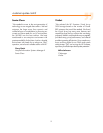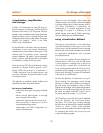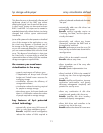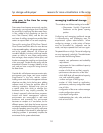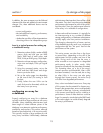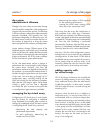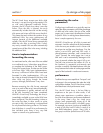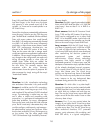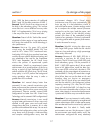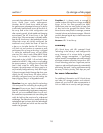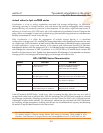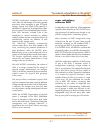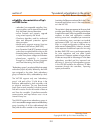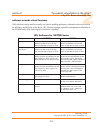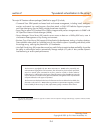
section 1
gives 100X the data protection of traditional
RAID 5 and 10X the data protection of RAID 1.
Second: The HP Virtual Array stripes across all
the disks in the redundancy group. This involves
more disks but is not so different from any other
RAID 1+0 implementation. Third: array striping
is the way of the future. It’s faster and safer.
Question: Doesn’t all this “behind the scenes”
movement of data require a huge performance
hit? Surely, the trade-off for virtual technology is
slow performance.
Answer: Not true. For years, HP’s original
virtual array, the AutoRAID Model 12H, was
used for HP’s V-class TPC-C benchmark tests.
And today, HP Virtual Array products have been
used for the new rp8400 benchmark testing and
are scheduled to be used for the Superdome
TPC-C tests. Remember, the HP Virtual Array
mimics the policies of experienced system
administrators. Would an experienced system
administrator do a reconfiguration of the array
during a period of high workloads? No! And
neither would the HP Virtual Array. The HP Virtual
Array policy is to NOT perform the background
tuning operations when the array is under a
greater than 60% workload.
Question: Isn’t manual always better than
automatic? In cars, manual transmissions give
better performance than automatic transmissions
because they give the driver more control over
performance; likewise wouldn’t manual RAID
configurations be better than HP’s Virtual Array
Technology and its automatic RAID configurations?
Answer: Manual transmissions in cars would
not give better performance if drivers were only
allowed to shift gears once and could never
change them after that. In essence, this is what
you have with traditional disk arrays. You are stuck
with the initial configuration unless you bring the
array down and go through a time-consuming
and complex reconfiguration every time the
1
hours per day. It is the hands-down winner in
real-world performance. A better analogy would
be to compare the multiple manual processes
required to set the type, load the paper, and
actually print books on the old-style printing
presses with those of the automated printing
systems of our generation. Obviously, automation
in printing presses adds to greater performance.
It works the same for arrays.
Question: Wouldn't striping the data across
such large RAID groups make the disk rebuild
times very long and take up a high percentage
of the array resources?
Answer: Because of HP’s RAID 5DP this is
practically a non-issue for HP Virtual Array
products. The HP Virtual Array’s RAID 5DP gives
each redundancy group 10x the protection of
RAID 1. RAID 5DP requires that 3 drives would
have to fail before there would be data loss.
Thus, even AFTER a drive fails, the data is STILL
protected with the same degree of protection as
standard RAID 5. Finally, this means that a single
drive failure does not put the data at risk and
therefore does not require an emergency
rebuild. The HP Virtual Array can take the time
and do the rebuild in the background without
impacting incoming I/Os. Also, the HP Virtual
Array will rebuild the RAID 1+0 data first since
that is the most vulnerable after a failure. In all
cases, data integrity is ensured and performance
is preserved. No other array can make this claim.
Question: If your environment is totally stable,
wouldn’t a manual configuration by an experienced
system administrator result in better performance
than one derived from the virtual array’s policies?
Answer: Let’s first admit it: Totally stable
environments are rare. But the answer is that if
the environment were totally stable, and if the
administrator configured the array absolutely
1.7
hp storage white paper
environment changes. HP’s Virtual Array
Architecture tunes the array automatically, 24



